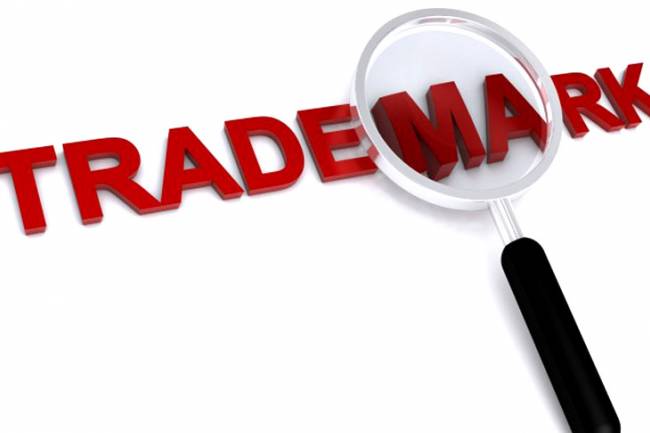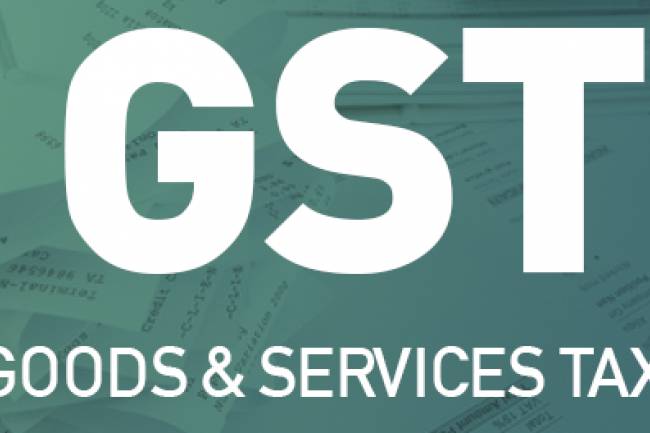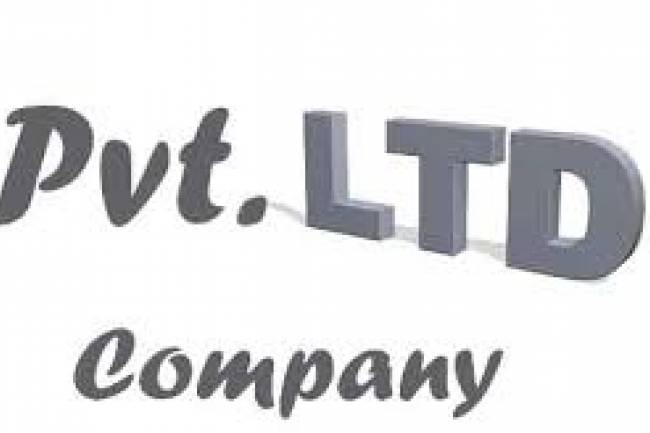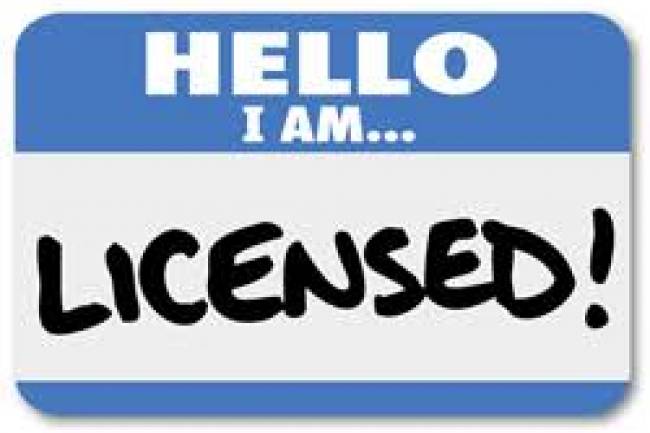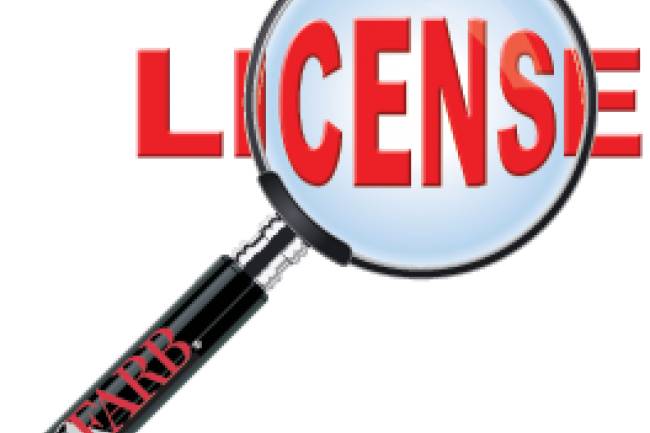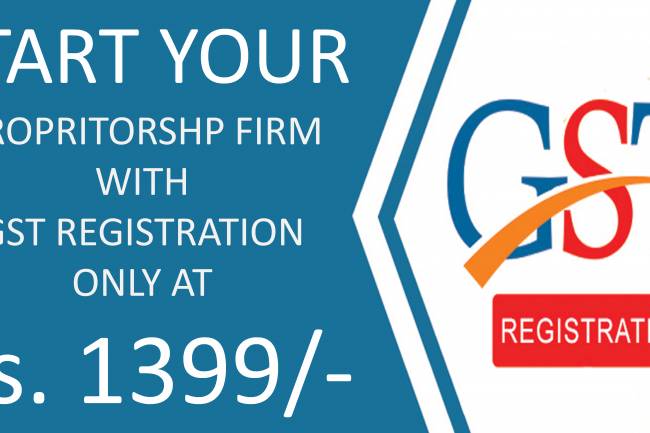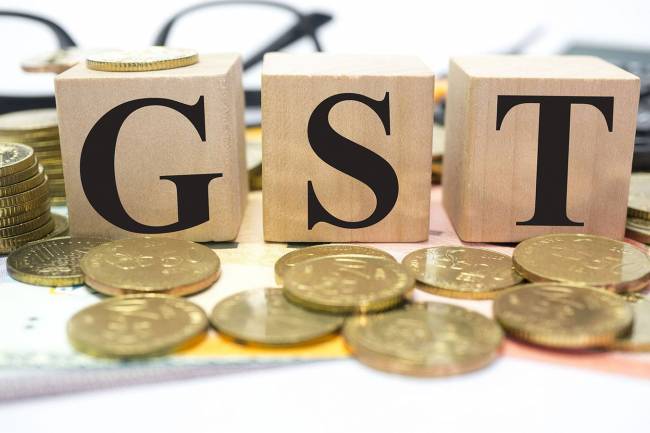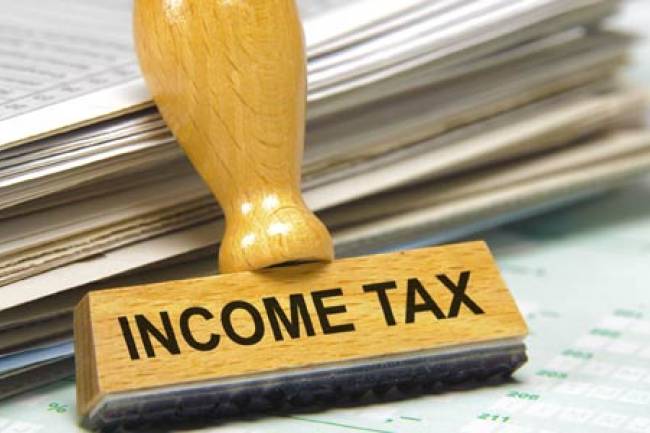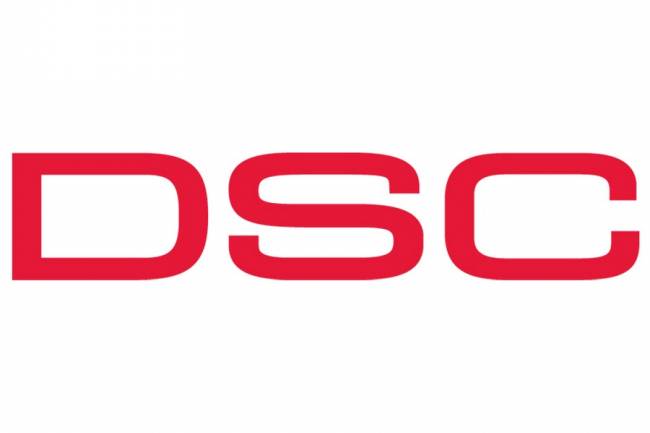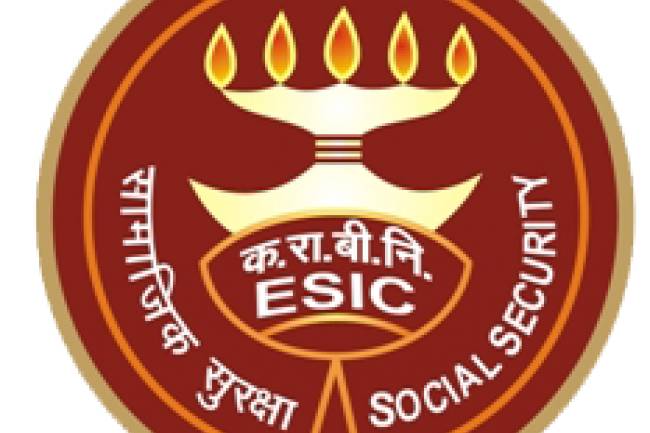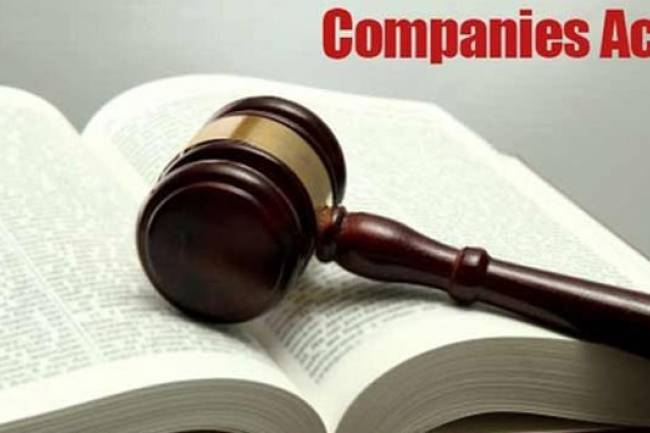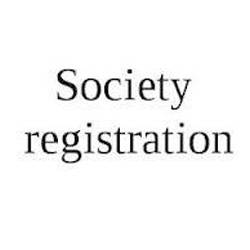
Procedure For Society Registration In India
A general public is an element containing a gathering of people that join for a typical reason. Social orders are for the most part framed for the advancement of altruistic causes, for example, instruction, craftsmanship and culture without monetary benefit (it is one of the three sorts of NGOs in India). The enrollment of a general public in India is represented by the Societies Registration Act, 1860. The Act is gone for sanctioning the exercises of such associations and conveying consistency to they way they are administered. The Act has been received by every single Indian state, a significant number of which have made altered the first Act.
Qualification for Society Registration
A general public might be shaped by at least seven people for the accompanying reasons:
1. Advancement of Science.
2. Advancement of Literature.
3. Advancement of Fine Arts.
4. Dissemination of Useful Knowledge.
5. Allow of Charitable Assistance.
6. Production of Military Orphan Funds.
7. Establishment or Maintenance of Libraries or Reading Rooms.
8. Establishment or Maintenance of Public Museum or Galleries.
Aside from the previously mentioned purposes, a general public can likewise be shaped for some other causes, according to the change set forth by the Act.
Technique for Registration
Every single Indian state have received the demonstration (and some have made corrections). Subsequently, the principles and directions may somewhat contrast starting with one state then onto the next. Society enlistments are endorsed by state governments through enrollments supervised by the Registrar of Societies of each state.
The enlistment or constitution of a general public is done in two sections:
a.Memorandum of Association
b.Rules and controls of the general public
Notice of Association
The MoA incorporates a few provisions, for example, the name of the general public, address of the enrolled office, protest for the arrangement of society and subtle elements of the general body.
Guidelines and Regulations
The principles and controls again should address the accompanying inquiries:
1. How is participation and membership to be acquired to the general public?
2. What guidelines and directions oversee the general public and its individuals?
3. How are gatherings to be sorted out (their recurrence, requiring the meeting et cetera)?
4. By what method will the council or administering body be shaped?
5. At the point when will reviewers be selected?
6. In what manner will lawful issues be settled?
7. What can be the explanations behind disintegration?
The principles and controls, when planned, should be marked and affirmed by three office bearers of the general public (for the most part the Chairman, President and Vice-president or secretary and the president, as relevant).
Both these records should then be marked by each of the establishing individuals, saw by a legal official open or sanctioned bookkeeper with their official stamp and address.
Before applying for enlistment, one have to guarantee the statements specified in both MoA and the tenets are talked about and endorsed by the individuals. The 'Protest condition' in the MOA ought to unmistakably express the reason for arrangement of the general public. This provision might be significant for the consideration of the general public under the Act.
Thus, procuring a specialist to work through the provisions on both MoA and principles and directions may guarantee you have what the enlistment center is searching for endorsement of social orders.
Reports for Society Registration
When you have the reports prepared, you are prepared to enroll your general public under the Societies Registration Act, 1860. In any case, guarantee that you have every single basic report close by (other than MOA and tenets) for secure handling. The archives should have been submitted to the Registrar are:
1. A letter asking for enlistment, marked by establishing individuals. This letter will express the reason for development of the general public and a demand demonstrating that the general public is enrolled under the Act. The mark of all individuals is required.
2. An ensured duplicate of the MoA, marked by the establishing individuals, with a copy.
3. An ensured duplicate of the standards and directions, marked by the establishing individuals, alongside a copy duplicate.
4. A table with the names and address and control of all individuals from the general public with their marks
5. Minutes of the meeting (general body meeting directed to set the guidelines and controls)
6. Affirmation by the leader of the general public
7. A sworn oath from the President or Secretary, proclaiming the connection between the endorsers.
8. Address verification of enrolled office and no-protest endorsement from the landowner.
The archives are to be recorded with the Registrar alongside the expenses, and an appropriate name (which ought to be one of a kind and not recommend an association with the legislature or damage the arrangements of the Emblem and Names Act, 1950). In the event that the Registrar is happy with the application, the general public will be enlisted.
Visit HireCA.com Now
